< RETREAD RELIABILITY
The debate between retread or recap tires vs. new tires most often comes down to making the right decision for each specific truck within each fleet. Understanding the pros and cons of each and then properly maintaining them while in operation and inspecting them when you take them out of service can help you make the best decision for your fleet management.
While we might assume that new tires will last longer than a retread, studies show that new and retread tires are equally vulnerable to failure and tire maintenance is critical to their successful performance.
When considering how retreads compare to new tires, many fleet managers will claim that replacing their truck tires that have worn out with new ones is very beneficial. The tires and their materials are new; thus, they feel that the tires are far from any need for potential repairs or quality issues because they are without any wear from road conditions or weather.
Fleet managers will also say that replacing road-worn tires with a new tire is safer for their fleet, citing increased cushion and performance as some of the main benefits. The other common opinion is that new tires get better gas mileage than retread tires because the new casing and support layers will give them a smooth ride over the road. However, when ranked, a Bandag brand retread outperforms most new and retread tires in fuel efficiency - second highest in the category to be exact.
With sponsorship from National Highway Traffic Safety Administration, researchers at the University of Michigan conducted a comprehensive study on truck retread tire safety which found that road hazards and operating conditions such as low tire pressure were the main causes of tire failure and that both new and retread tires were equally vulnerable to failure. The study collected approximately 86,000 pounds of tire/rubber casings and debris from new and retread tires within five states; Arizona, California, Florida, Indiana, and Virginia. Samples were examined by tire experts to determine the tire type and cause of failure.
Samples were examined by tire experts to determine the tire type and cause of failure.
The top three reasons that the casings were removed from service at truck stops were road hazards (32%), maintenance/operational factors (30%), and over-deflected operation (14%). Analysis of tire fragments found on the roadside revealed that the two dominant reasons for their condition were 39% from road hazards and 30% due to excessive heat.
With the cost factor of gas mileage being equal, you can look at the cost of new tires vs. retread tires and see that you can gain some cost efficiency with retread tires. If you try to cut the price margin by purchasing cheap tires, you need to factor in that a premium tire/retread combination can last up to 500% longer than ultra-low-cost new tires used only once. Tire inflation, tread depth, and fuel consumption are all a part of the puzzle when looking to save money. By maintaining your tires and ensuring correctly inflated tires, fleet managers can save on their fuel spend.
By maintaining your tires and ensuring correctly inflated tires, fleet managers can save on their fuel spend.
If you want to consider sustainability and the environment into the cost of tires, reused and recycled materials contribute to a circular economy—only 1/3 of the raw materials used compared to new tires, contributing to greater sustainability.
Retreading is one of the oldest examples of a circular economy, in that the worn tire is recovered from becoming waste and repaired for reuse on a commercial vehicle. When you can no longer repair the worn tire for safe use, its materials are repurposed for its next life cycle. Since 1957, Bandag has kept an estimated 300 million tires out of the waste stream – all while helping fleets lower operating costs with remolded or retreaded tires that perform like new tires at a fraction of the price.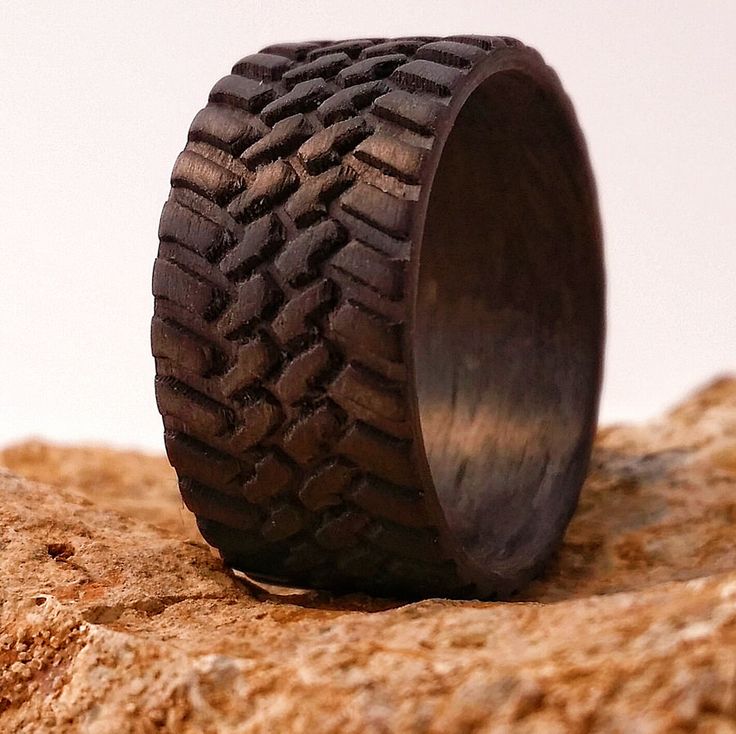
The short answer is yes. However, the honest answer to this is knowing that the leading causes of tire failure are road hazards and low tire pressure, not whether or not the tire is a retread. The University of Michigan study found that the top three reasons that the casings were removed from service at truck stops were road hazards (32%), maintenance/operational factors (30%), and over-deflected operation (14%). Analysis of tire fragments found on the roadside revealed that the two dominant reasons for their condition were 39% from road hazards and 30% due to excessive heat.
We can provide the same answer for the question of how long retread tires will last. It all comes down to tire maintenance. Tire maintenance is critical to successful tire performance. The results of the study found that monitoring of tire pressure is an essential part of preventative maintenance, as are regular inspections of tire tread and casing conditions.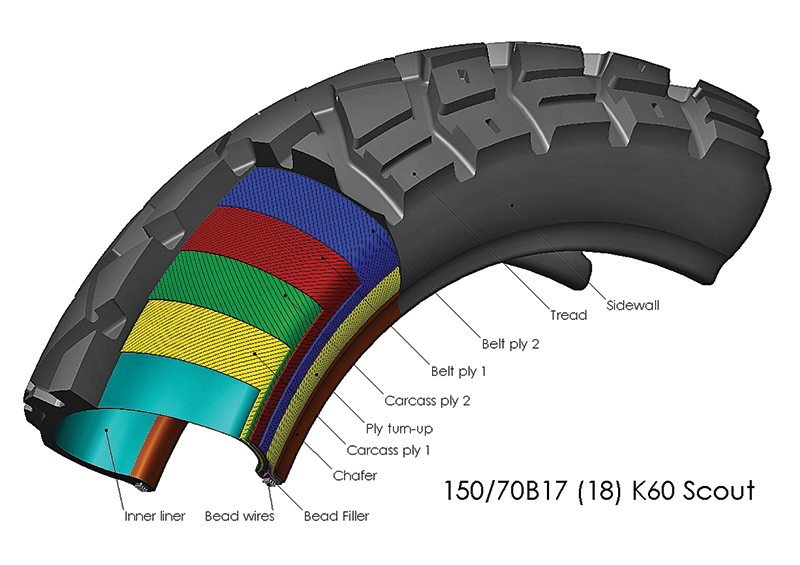 Comprehensive tire management programs like Bridgestone’s IntelliTire significantly reduce the probability of on-road tire failure and prolong tire life.
Comprehensive tire management programs like Bridgestone’s IntelliTire significantly reduce the probability of on-road tire failure and prolong tire life.
Your own scrap pile can help you learn more about what your fleet is encountering on the road and help with prevention and repairs. Understanding why you have taken tires out of service will help you make better choices when buying new or retread tires for your vehicles. The information can be an asset to get more miles out of every tire.
44% of commercial tires in operation are retreads, with 90% of large fleets in the US and Canada using retread tires in some way, so clearly, they are a viable choice when looking to outfit your fleet for operation.
Properly maintained retread tires offer up to 30 % lower cost compared to new tires, for similar performance, mileage and performance comparable to that of new premium tires at a fraction of the cost, and reliability and performance similar to new tires.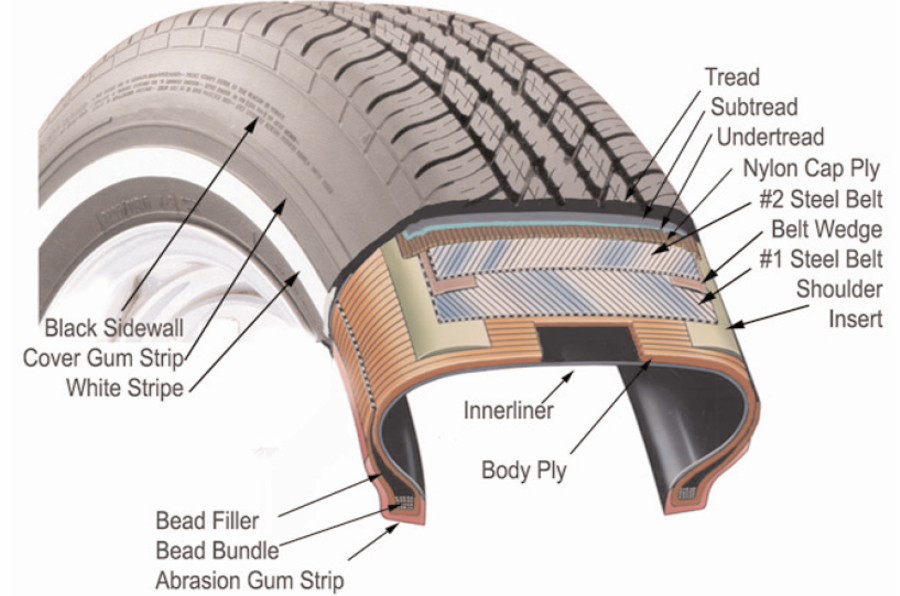
Knowing your fleet and tracking your tire maintenance and usage are your best tools to choose the right option between retread tires vs. new tires.
Find a Bandag dealer to help you make the right choice to minimize downtime and maximize your fleet's cost efficiency and safety.
Find A Dealer
Recipient Email Address
Press "Enter/Return" or "Space" key to validate your email. Only valid emails can be added. You can share with multiple people.
Subject
Message
Optional
Send a copy to sender's email address
1. Reliability
Contrary to commonly held beliefs, studies have shown that retread tires offer reliability comparable to new tires. This is confirmed by several studies conducted over the last two decades, which all come to the same conclusion as the National Highway Traffic Safety Administration (NHTSA): “… retreaded tires are not inherently more prone to failure than new tires.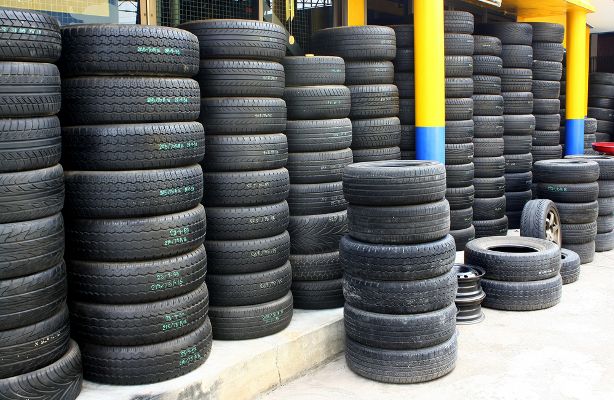 ”
”
– John Woodrooffe, Director, Transportation Vehicle Safety Analytics at University of Michigan.
2. Cost-savings
It’s simple math, really. Retreads cost less than comparable new tires, saving fleets big money on their third highest expense item after labor and fuel.
3. Warranties Include Retreads
Quality new tires are engineered to be retreaded, and, in fact, most warranty their casings for multiple retreads for multiple years. The initial investment in a casing pays dividends each time it delivers another tire life through retreading.
4. Wear Like New Tires
Advanced compounding and tread designs enable retreads to deliver wear-out mileage comparable to — and in some cases better than — new tires. In fact, a recent test in a waste fleet, one of trucking’s toughest applications resulted in Bandag’s BRM3 retread handily outwearing premium new tires: the Goodyear Endurance WHA and Michelin XZUS22
5. Fuel Efficiency
Did you know that retreads are some of the most fuel-efficient tires available on the market today? In fact, out of 362 new and retreaded tires evaluated for rolling resistance, Bandag’s FuelTech retreads were among the top 10% in rolling resistance of all tires tested3.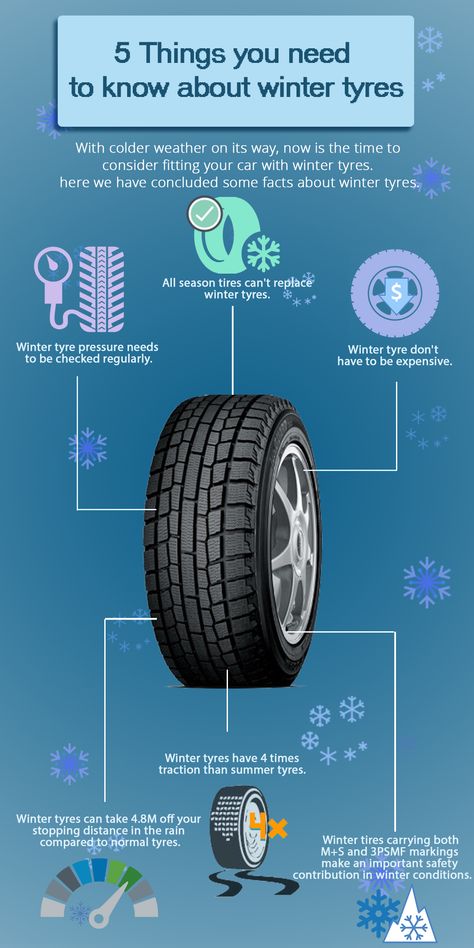
6. U.S. Economic Benefits
Retreading plays a critical role in supporting 268,000 jobs that are directly or indirectly attributable to the domestic tire industry. The domestic tire and retread manufacturing industries contributed over $28.4B to the economy in 2016 with a direct benefit of $3.2B economic impact to the trucking industry.
7. Energy Savings
Requiring 68% less energy to produce than a new tire, one retreaded truck tire saves enough energy to power an average U.S. home for 33 days!
8. Oil Savings
Tires are primarily petroleum products. A retreaded truck tire requires approximately 15 fewer gallons of oil to produce than a new tire. When you consider that approximately 14 million retreads are purchased each year, that equates to an annual savings of about 210 million gallons of oil.
9. Environmentally Friendly
Each year, approximately 14 million retreaded medium truck tires are purchased, potentially preventing 14 million used tire casings from entering our waste streams and landfills. That’s enough casings, if laid end to end, to go from New York to Los Angeles and back again!
That’s enough casings, if laid end to end, to go from New York to Los Angeles and back again!
10. Reduced CO2 emissions.
According to an independent analysis comparing the relative carbon footprints of new tires and retreaded tires, retreading contributes to a 30% reduction of CO2 emissions versus the manufacture of new tires.
The choice of truck tires for any vehicle is a critical decision, as road safety and economic efficiency depend on it. One of the most discussed questions when choosing truck tires is - new or retreaded?
New truck tires
New truck tires are tires that are produced and sold directly from the factory. These tires are made from new materials that provide reliability and durability, as well as guaranteed quality. Buying new truck tires also allows you to get a manufacturer's warranty, which gives you confidence that the tires will be safe to use on the road.
Benefits of new truck tires:
New tires provide a high level of safety and reliability on the road. The new tires are defect-free and have an optimal tread depth, which ensures reliable traction.
New truck tires have a long service life. They are made from new materials, which gives them a high degree of strength and durability.
When buying new truck tires, the buyer can count on a manufacturer's warranty, which provides an additional level of protection and confidence in the quality of the tires.
Disadvantages of new truck tires:
New truck tires are usually more expensive than retread tires, which may not be affordable for some consumers.
When buying new truck tires, you need to pay attention to the quality of the manufacturer and the reputation of the company, as there may also be poor quality tires on the market that do not meet safety standards.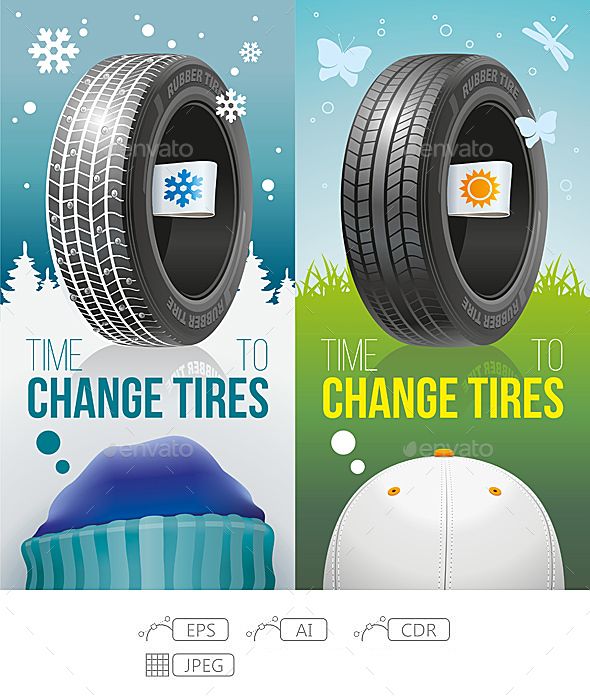
Retreaded truck tires
Retreaded truck tires, or boo tires, are tires that have been used previously and have undergone a restoration process, including treatment and retreading. This process may include sanding the surface of the tire, repairing damage and defects, and adding new tread to the surface of the tire. After this process, the tires are ready for use on the road again.
Advantages of retreaded truck tires:
Retreaded truck tires are usually less expensive than new tires, which can be beneficial for some consumers.
Retreaded truck tires can be more environmentally friendly as they can be recycled and reused, reducing waste in landfills.
Disadvantages of retreaded truck tires:
Retreaded truck tires may have hidden damage that could lead to an accident. Some defects may not be visible at first glance, and may cause an accident on the road.
Retreaded truck tires may have a shorter life than new tires because they have been used before and are already worn out.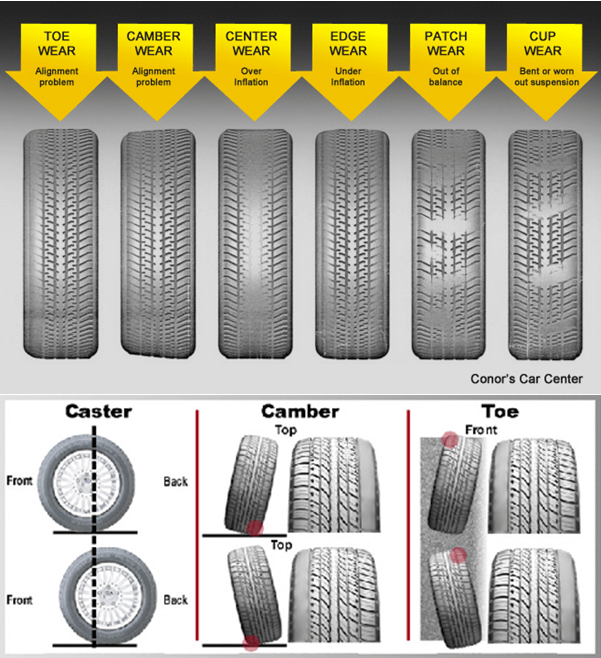
A buyer of retreaded truck tires may be faced with the challenge of selecting quality tires, as the retreaded tire market may not be as regulated as the new tire market.
Total
When choosing between new and retreaded truck tires, the buyer must consider their needs and budget. If the budget allows, new truck tires will provide a high level of safety and durability, as well as a manufacturer's warranty. However, if the budget is tight, retreaded truck tires can be a good choice, but you need to be careful when choosing quality tires. In addition, in any case, it is necessary to make sure that the tires are properly installed and maintained in order to ensure their safety and maximum performance.
One way to ensure the quality of retreaded truck tires is to purchase tires that are certified and meet safety standards. For example, tires certified to ECE, DOT, ISO and other standards must meet certain production and quality requirements.
In addition, when buying retreaded truck tires, you should pay attention to the following factors:
Performance: Check what performance parameters are listed on the tires, such as maximum load, speed, and load index. Make sure these options match your needs and requirements.
Tire condition: when inspecting tires, pay attention to their condition, the presence of damage, hernias and cracks. Damage may indicate that the tire has been used too long and is no longer fit for further use.
Additional Services: Some manufacturers and sellers of retreaded truck tires may offer additional services such as tire warranties or additional quality checks.
Manufacturer or Seller Reputation: Research the reputation of a manufacturer or seller of retreaded truck tires by reading reviews and comments from other buyers.
In summary, the choice between new and retreaded truck tires depends on many factors, including budget, needs, and performance requirements. In any case, when buying retreaded truck tires, you need to pay attention to their quality and condition, as well as choose tires from reliable manufacturers and sellers.
In any case, when buying retreaded truck tires, you need to pay attention to their quality and condition, as well as choose tires from reliable manufacturers and sellers.
← How to increase the efficiency of truck tires | Why it is important to use the right truck tires for transporting goods →
Bandag: Bridgestone's safe, affordable and environmentally friendly retreading solution to help move towards a circular economy.
Most trusted by consumers in the global market for retreads and high quality retreading systems, Bandag has over 60 years of experience in the industry and is committed to uncompromising safety and reliability.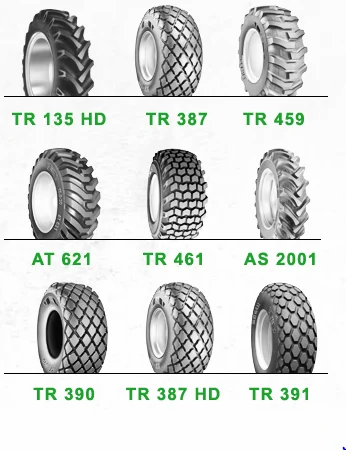
Our wide range of tires offer mileage and performance comparable to new premium tyres, at a fraction of the cost, lowering your total tire cost per kilometer.
And because Bandag retread tires reduce raw material consumption and carbon emissions, they help reduce your environmental footprint. Such technologies benefit you and are much more beneficial for the environment.
Tire data 315/80R22.5
Our professional Bandag network covering the major needs of the market guarantees stringent quality standards, state-of-the-art equipment, full regulatory compliance and a wide range of high quality products designed to get the most out of your tires .
And because we're right next to you, we can give you the speed, flexibility and range of options you need to grow your business.
You can rely on the quality of Bandag, a subsidiary of Bridgestone, the world's largest tire manufacturer. Bandag will help you build a safe, sustainable, reliable, competitive and simply better business.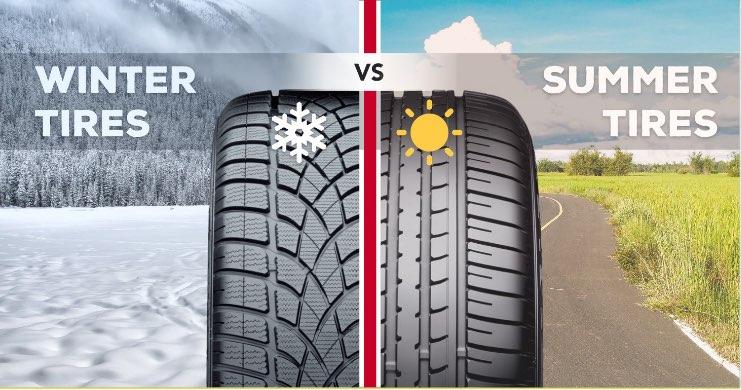
Trunk transportation
Regional transport
Mixed use
Off road
Winter conditions
Any axle
Drive axle
Trailer axle
Size 111213205/65205/75215/75225/75235/75245/70255/60265/70275/70285/70295/60295/80305/60305/70315/60315/70315/80385/55385/65 425 DiameterR22.5R17.5R19.5

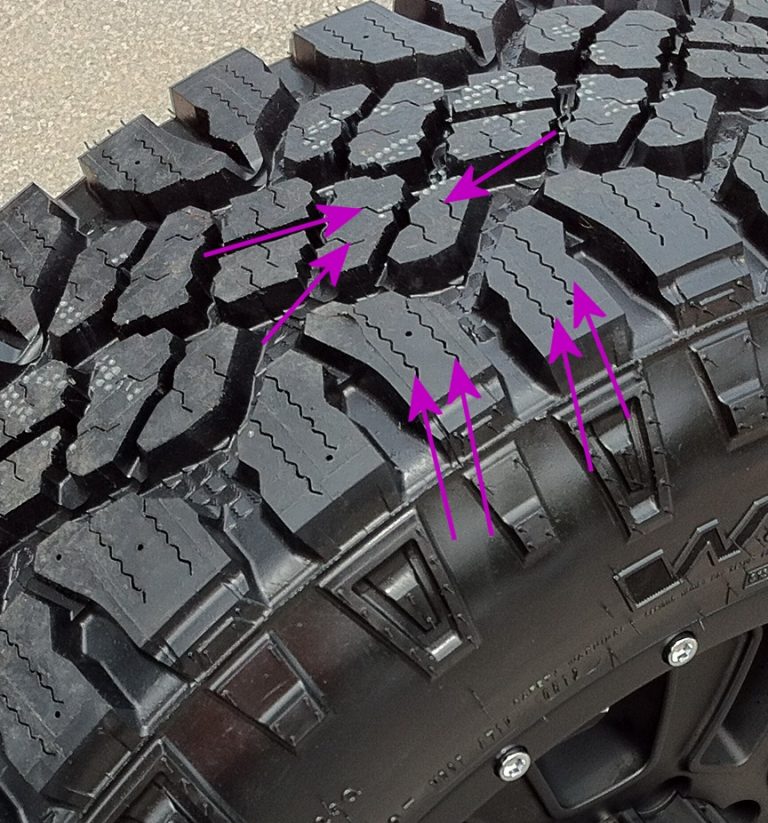 5
5 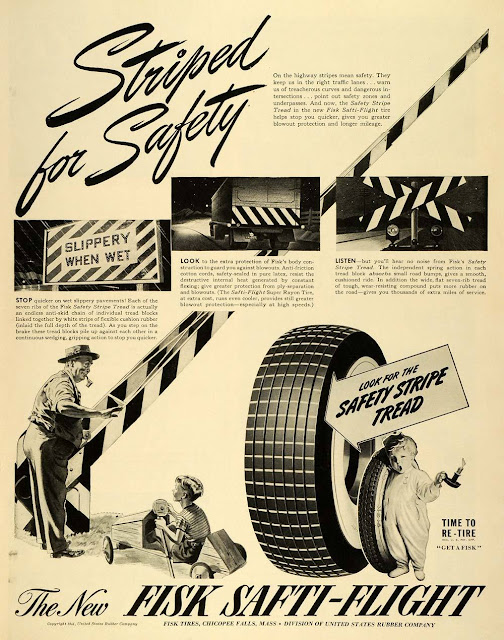 5
5 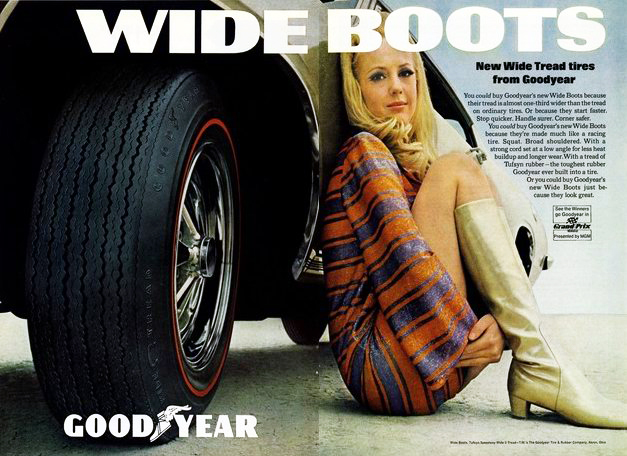 5
5 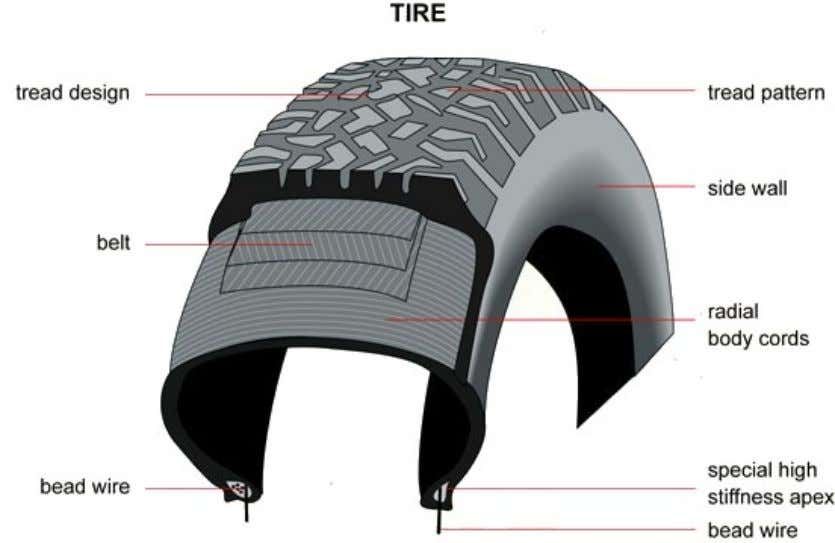
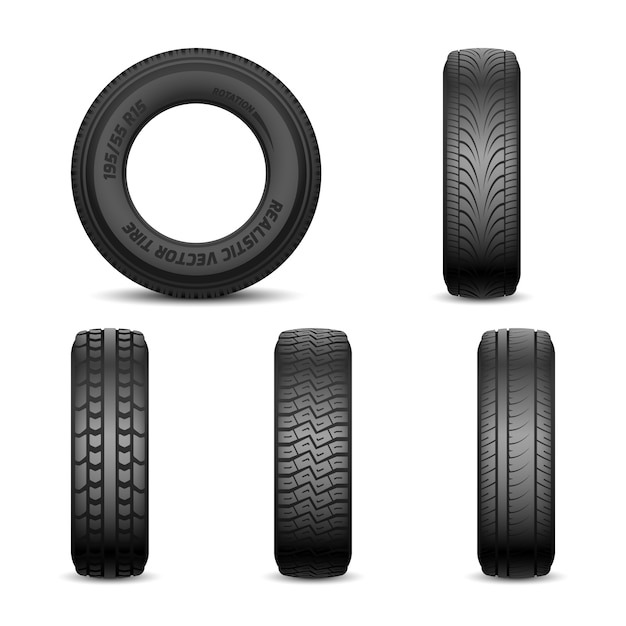 5
5 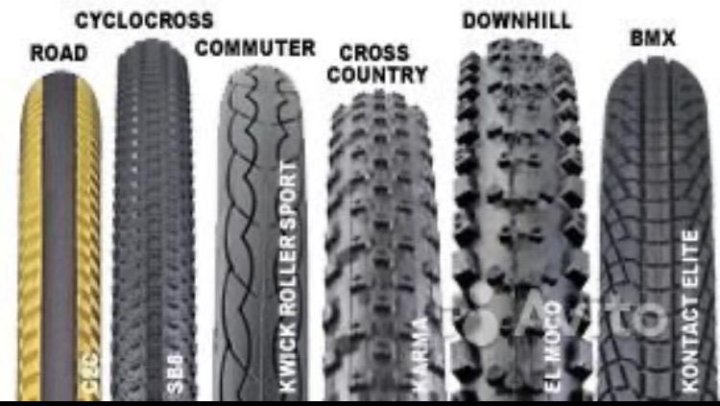 5
5  5
5  5
5  5
5  5
5  5
5  5
5 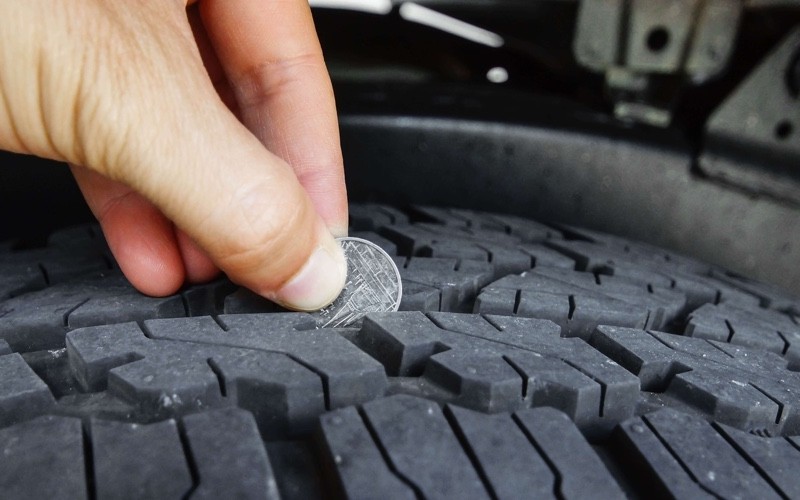 5
5 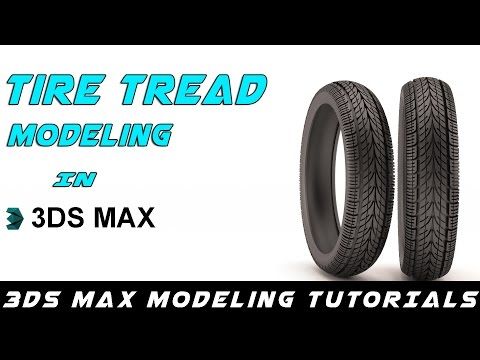 5
5 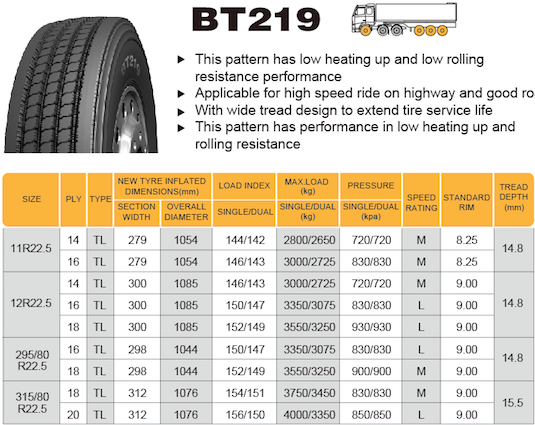 5
5 If you want to reduce your tire maintenance costs, start by getting the most out of your tires. Designed for new Bridgestone premium tires and Bandag retreads, our “Total tire Life” solution helps you keep your operating costs under control and fully concentrate on optimizing tire cost per kilometer over the life of the tire.
Maximizing tire life and minimizing your costs.
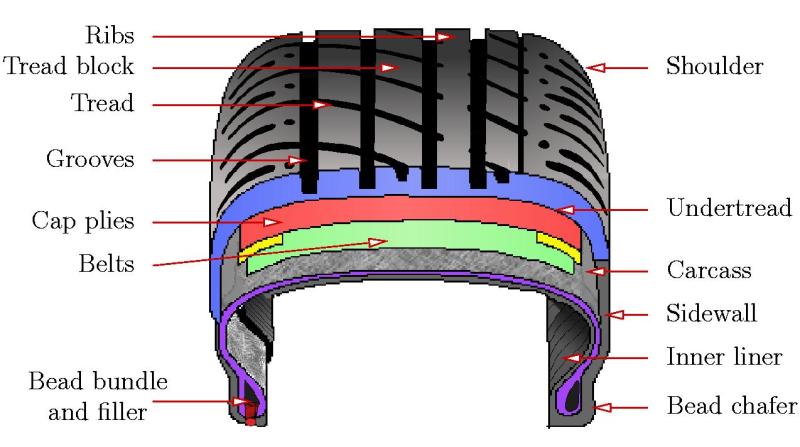
Long initial life without sacrificing performance or safety.
Performance like new tyres, 30% cheaper. Without sacrificing safety.
Bandag offers a range of tires with different tread patterns for all possible applications and driving conditions in Russia without sacrificing safety.
Retread tires are on average 30% cheaper per kilometer than new tires.
CALCULATE
Average for tire retreading
requires only 26 liters of oil, while
requires as much as 83 liters to make a new
tire.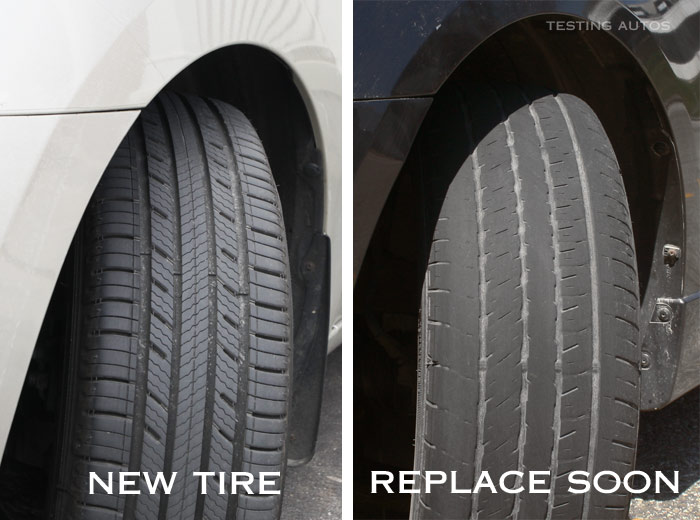
Tire retreading results in
lower CO2 emissions compared to new tires.
Up to 14*kg of steel per
tire is reused.
* Data for tires with dimension 315/80R22.5
Bandag's new electronic solution helps you monitor your tire inventory and optimize tire costs.
Your tires are a valuable asset for your company. That's why Bandag developed BASys, a set of digital tools that help you track, manage and use these assets to their full potential.
Maximum performance in terms of mileage
Excellent resistance to uneven wear
Uncompromising fuel efficiency and versatility
Safety during acceleration, braking and cornering in all seasons
Highly trained technicians perform a thorough visual inspection of the tire carcass before allowing them to perform any other manufacturing operations.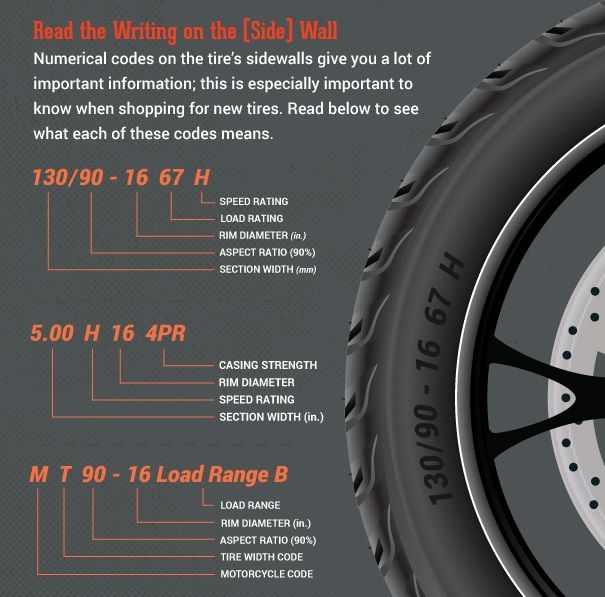
The Bandag retreading process requires a reliable starting point, so tires with significant defects are rejected already at the initial inspection stage.
This is the first step towards achieving the highest Bandag quality anytime, anywhere.
This is where the most advanced technology comes into play. High-voltage hole detectors are used to detect nail holes that are not visible to the human eye.
In addition, our technicians use Laser Shear Interferometry, or Shearography, which allows them to look deep inside the tire carcass and identify internal damage.
The Bandag specialist thus confirms the suitability of the tire carcass for Bandag retreading.
The tire carcass is then sanded to remove excess rubber and re-sized to ideal dimensions to prepare the tire carcass for the new tread.
Thanks to Bandag technology, process and precision, you can be sure that the Bandag retreads on each individual tire carcass will be the same.
During the deburring process, all surface damage to the tire carcass is thoroughly deburred.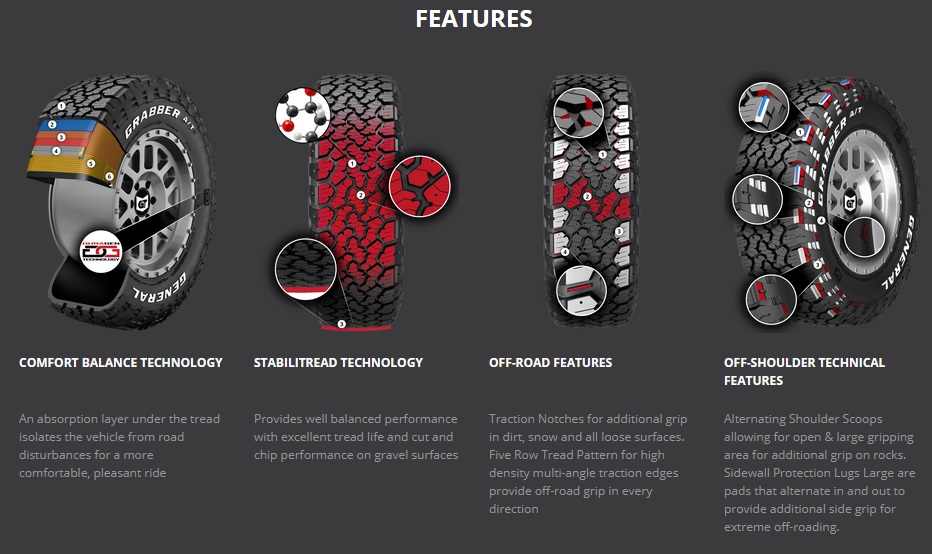 If necessary, repair of the damaged area is also carried out at this stage.
If necessary, repair of the damaged area is also carried out at this stage.
This process step is used to achieve two goals at once. It allows not only to completely clean the tire carcass and prepare it for retreading, but also guarantees the reliability of the retread until the end of its new life...
At this stage, the pre-vulcanized Bandag tread with a specially designed pattern and composition is glued onto the prepared tire carcass.
After careful measurement and preparation of the tread during the vulcanization phase, previously worn tire carcasses are turned into brand new retreaded Bandag.
A layer of unvulcanized rubber created between the carcass of the tires and the new tread ensures that they are permanently bonded after curing.
In this step, the skilled operator uses Bandag's high-tech equipment to ensure perfect uniformity and the highest quality finish.
Vulcanization is the process by which a new Bandag tread is securely vulcanized to the prepared carcass.
After the tire carcass is enveloped, the entire assembled tire carcass is subjected to pressure and temperature, which transforms the uncured rubber into its final and irreversible elastic state. This process ensures that the tire carcass is permanently attached to the tread without the risk of further separation.
After completion and final inspection, visual inspection, the Bandag operator releases the retreaded tire for sale.
He checks that the final product conforms to Bandag standards, as well as the appearance of Bandag!
March 14, 2022
Bridgestone suspends production activities in Ulyanovsk and deliveries to Russia
Production will be suspended from March 18, 2022.
more
1 February 2022
Bridgestone launches state-of-the-art wet handling test track
Bridgestone launches a new wet handling test track.
read more
16 December 2021
Bridgestone plant – 5 years of commercial production in Russia
In December 2016, the first tire for sale was produced at the Bridgestone plant in Ulyanovsk.